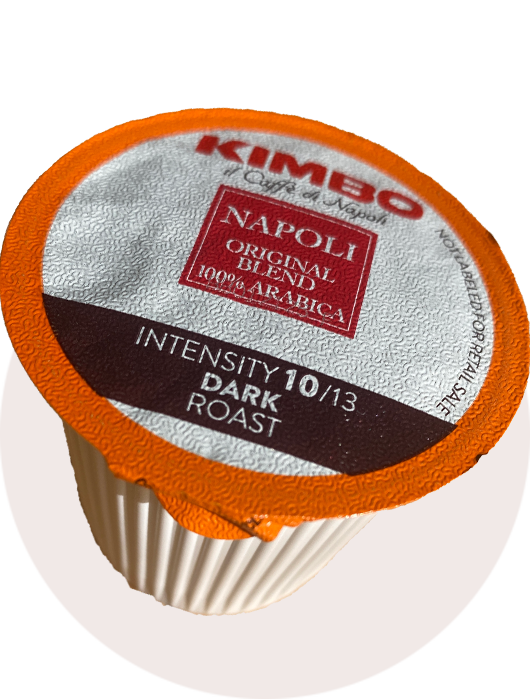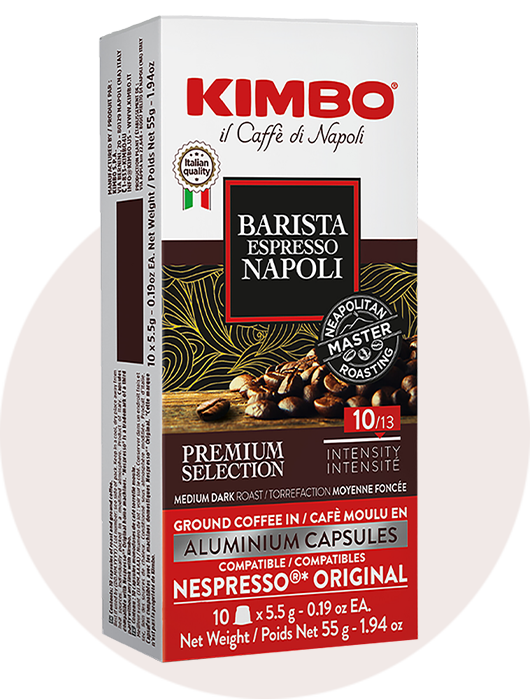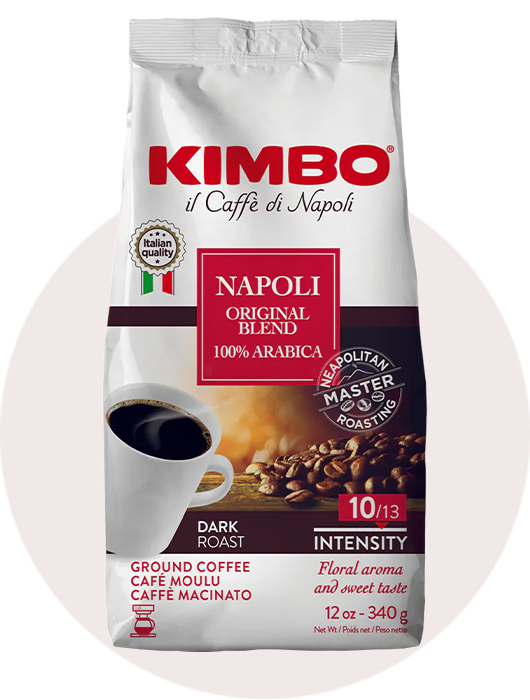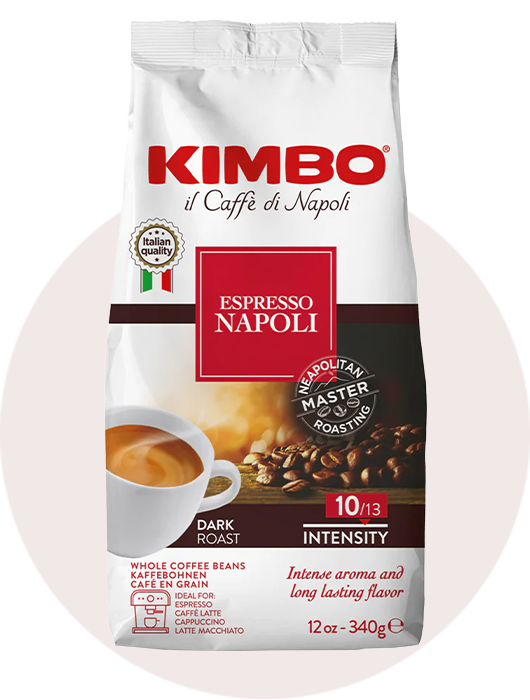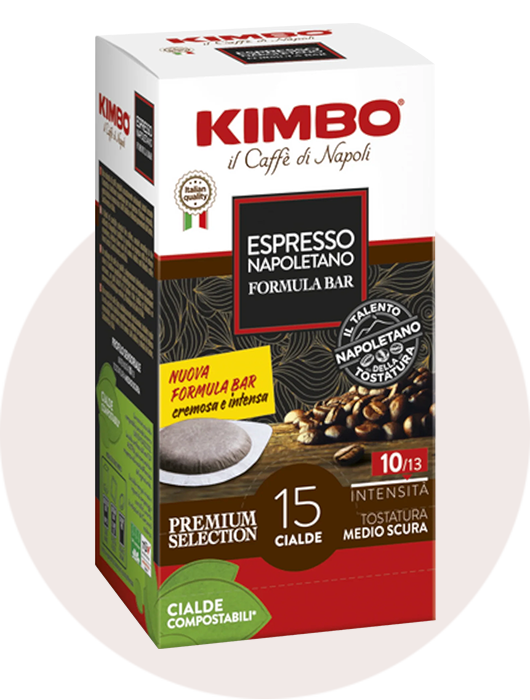Dark roast coffee has its devotees—those who savor its bold, chocolatey, and nutty profile. But let’s face it: a bitter, burnt cup can ruin anyone's morning. If you've ever wondered how to brew dark roast coffee without the harshness, this guide is for you. Here’s how to make dark roast coffee taste better and bring out its best flavors, whether you're using an Aeropress, French press, or pour-over.
What Sets Dark Roast Coffee Apart?
Dark roast coffee differs from light roasts in flavor, appearance, and chemistry. It’s roasted beyond the second crack, which creates a darker color and shiny, oily surface. This process reduces acidity but makes the beans more porous, leading to faster staling. While light roasts are floral and fruity, dark roasts lean toward caramel, chocolate, and roasted nuts.
However, dark roasts often get a bad rap for tasting burnt or ashy. The trick? Adjust your brewing process to match their unique profile.
The Science of Brewing Dark Roast Coffee
Dark roasts are more soluble, meaning they release flavors quickly. But over-extraction can lead to bitter tasting coffee. Balancing brew time, water temperature, and grind size is the key to avoiding that burnt taste while unlocking the rich, bold flavors you crave.
Why Does Temperature Matter?
Water temperature plays a critical role in extraction. For dark roast coffee, lower temperatures—around 190–195°F—help minimize bitterness while highlighting smoother chocolate notes. Too hot, and you risk over-extraction. Too cool, and you’ll end up with underwhelming flavors.
How to Brew Dark Roast Coffee for Maximum Flavor
1. Start with Fresh Beans
Dark roasted coffee stales faster than lighter roasts. To get the best flavor:
- Buy smaller amounts to keep your coffee fresh.
- Store properly in an airtight container away from heat and light.
- Check roast dates and avoid pre-ground coffee whenever possible.

2. Adjust Grind Size
Grind size directly impacts how water interacts with the coffee. For dark roast coffee:
- Use a coarser grind to avoid over-extraction, especially with French press or pour-over methods.
- For an Aeropress coffee maker, opt for a medium grind to balance strength and smoothness.

3. Brew at Lower Temperatures
The optimal dark roast brew temperature is 190–195°F. If you’re using an Aeropress, heat your water and let it cool for about 30 seconds before brewing. Cooler water preserves the coffee’s natural sweetness and chocolatey profile.

4. Experiment with Brew Ratios
The golden ratio for coffee is 1:16 (one part coffee to 16 parts water), but dark roasts often benefit from a slightly stronger ratio, like 1:15. This highlights body and reduces bitterness.

5. Choose the Right Brewing Method
Different brewing methods can amplify or mute the unique characteristics of dark roasted coffee:
- Aeropress Coffee Maker: Ideal for quick, controlled brews. Use medium-fine grounds, water at 195°F, and brew for 1-2 minutes.
- French Press: Great for full-bodied coffee. Coarser grounds and a brew time of 4 minutes yield a rich, smooth cup.
- Pour-Over: Use a paper filter to reduce oils and fines. Brew time should be 2:30–3:00 minutes.
- Cold Brew: Steeping dark roast grounds for 12–24 hours in cold water results in a smooth, low-acid brew.

Enhance the Flavor of Dark Roast Coffee
Spices and Sweeteners
Small additions can elevate dark roast coffee:
- Cinnamon or cardamom for a warm, spiced twist.
- A pinch of salt to neutralize bitterness.
- Maple syrup to balance roasted flavors without overwhelming sweetness.
Citrus Zest
Mix a little orange or grapefruit zest with your coffee grounds for a bright, citrusy note that complements the chocolate undertones of dark roast coffee.
Blending Roasts
If dark roast feels too intense, blend it with a light or medium roast. Start with a 1:1 ratio and adjust to taste.
Troubleshooting Common Problems
Bitter or Burnt Taste
- Cause: Water too hot or brew time too long.
- Fix: Lower the temperature and reduce brew time.
Flat or Boring Flavor
- Cause: Stale coffee or under-extraction.
- Fix: Use fresher beans, adjust grind size, or brew slightly longer.
Harsh Aftertaste
- Cause: Too fine a grind or too much coffee.
- Fix: Coarsen your grind and adjust the coffee-to-water ratio.
Creative Ways to Enjoy Dark Roast Coffee
- Coffee Liqueur: Combine brewed coffee with vodka and spices like cinnamon and vanilla. Sweeten with brown sugar for a homemade liqueur.
- Cold Brew Ice Cubes: Freeze cold brew coffee into cubes to chill your iced coffee without diluting the flavor.
- Coffee Rub for Meat: Mix coffee grounds with spices like paprika, chili powder, and garlic for a flavorful meat rub.
Dark Roast Coffee FAQs
Is Dark Roast Coffee More Acidic?
Dark roast coffee is actually less acidic than light roasts, making it gentler on the stomach. However, perceived bitterness can often mask its lower acidity.
Is Dark Roast Coffee Bad for You?
Dark roast coffee is no more harmful than light roast. It has similar caffeine levels and antioxidants. The only "bad" part is if it tastes unpleasant—which we’ve now fixed.
Final Thoughts on Dark Roast Coffee
With a few adjustments—like lowering water temperature, tweaking grind size, and experimenting with brewing methods—you can turn your dark roast into a rich, satisfying cup of coffee. Whether you’re using an Aeropress, French press, or pour-over, these tips will help you enjoy the bold flavors without the bitterness.
Remember, the best dark roast coffee is all about balance. With a little practice, you’ll master the art of brewing dark roasted coffee that’s smooth, flavorful, and just right for your taste.
